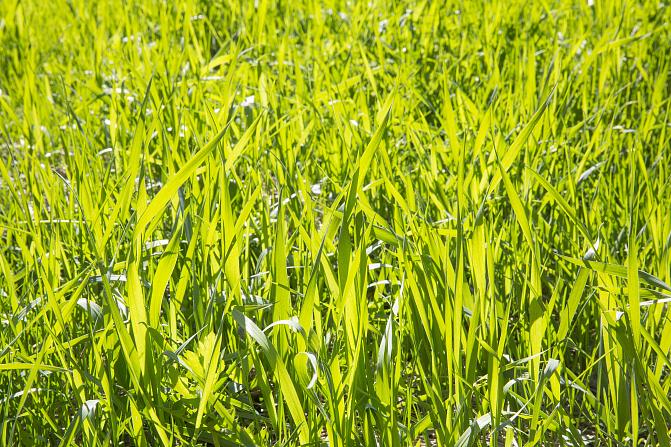
Horses help in social growth and rehabilitation - New experts and services for the industry
On this page
Social and educational equine-assisted interventions are increasing in Finland through offering systematic training and development work. In 2021, Kainuu Vocational College worked with Luke to fill the education gap left in Northern Finland by offering to professionals. New services have already emerged.


Social pedagogical equine-assisted interventions aim to develop social interaction and emotional skills with the help of the horse and often also the stable community.
“If a person has experienced, for example, rejection or bullying, it can be a significant experience when a big animal approaches them curiously and makes contact. A lively child, on the other hand, can calm down when stroking a horse, and a teenager who usually avoids going out for a walk or run might end up exercising when pushing wheelbarrows,” says Heidi Kotilainen, a project manager at Kainuu Vocational College familiar with horse activities.
According to Kotilainen, the results of horse activities can usually be seen in everyday life. Going to school the day after horse activities can be easier than usual, or someone recovering from mental health problems will venture to the library alone after a long break.
“Equine-assisted interventions can, at best, prevent social exclusion and promote well-being to the extent that the need for other social and health services is reduced.”
A handbook compiled by Luke supports the education
According to Kotilainen, professionals in the social, health and educational fields, who already have solid experience of working with horses, are especially suited to lead such equine-assisted interventions. Since the beginning of the 21st Century, various educational institutions have provided continuing education in this field.
However, “There is currently no other continuing education in Northern Finland, so we decided to meet the demand at Kainuu Vocational College in Kajaani.”
Kotilainen herself has provided social pedagogical equine-assisted interventions for over a decade. However, she wanted an external expert to design and implement the education plan. The task was given to Luke, where social pedagogical equine-assisted interventions have been researched and developed for years. Maija Lipponen, a research scientist at Luke, started her career as Kotilainen’s work partner.
Kotilainen and Lipponen based the education plan on the “Handbook on the Quality and Effectiveness of Social Pedagogical Equine-Assisted Interventions”, which Luke compiled in co-operation with the Finnish Social Pedagogical Equine-assisted Activities Association .
“The handbook was a handy tool for education, and it also raises the question of how the outcomes of equine-assisted interventions could be assessedin different cases,” Kotilainen says.
“By following the handbook, we were also able to ensure that graduates could apply for the title of instructor registered by the association. Of course, there are also other criteria related to their educational background and work experience,” Lipponen says.
New equine-assisted activities soon after education
A group of 15 students began their studies in social pedagogy at the University of Eastern Finland in January 2021. They earned 10 credits and the next 15 credits were completed at Kainuu Vocational College, alternating between remote and contact studies. Over a period of over 10 months, the group met seven times for two days of face to face teaching in the form of lectures, exercises and visits.
Course attendees included nurses who work with young people, the elderly or people with development disabilities. There were also entrepreneurs from the equine industry and a vocational college teacher who wanted to find new ways of working with students in the field of natural resources.
“The students were very committed, and they gave excellent feedback on the materials, methods, exercises and stable visits. For me it was also important that I got an expert and reliable partner to plan and implement the education with,” Kotilainen says.
Each student designed their own service as their final project, and some are already offering them. According to Kotilainen, the course has brought visibility to the industry along with new instructors and services.
“When there is more talk about animal-assisted methods, more and more people will offer services or seek help in a challenging life situation.”
What was done?
Customer: Kainuu Vocational College
Need: Kainuu Vocational College wanted to offer continuing education in social pedagogical horse activities to, among others, social and health care professionals. There is little education in this field in Northern Finland.
Solution: Luke organised the education course with Kainuu Vocational College, using its compiled material on the quality and effectiveness of social pedagogical equine-assisted interventions. The team ensured that the education plan met the Social Pedagogical Equine-assisted Activities Association criteria. This means that those who complete the course can apply for the SPHT® title granted by the association.
Effectiveness: For their final project, each participant drew up their own plan for social pedagogical equine-assisted services, and some already offer services in Kainuu. The services aim to promote well-being both in Kainuu and Northern Finland and reduce the need for other social and health services.
Funding: Kainuu Vocational College’s Kantri Sampo project (European Agricultural Fund for Rural Development)
